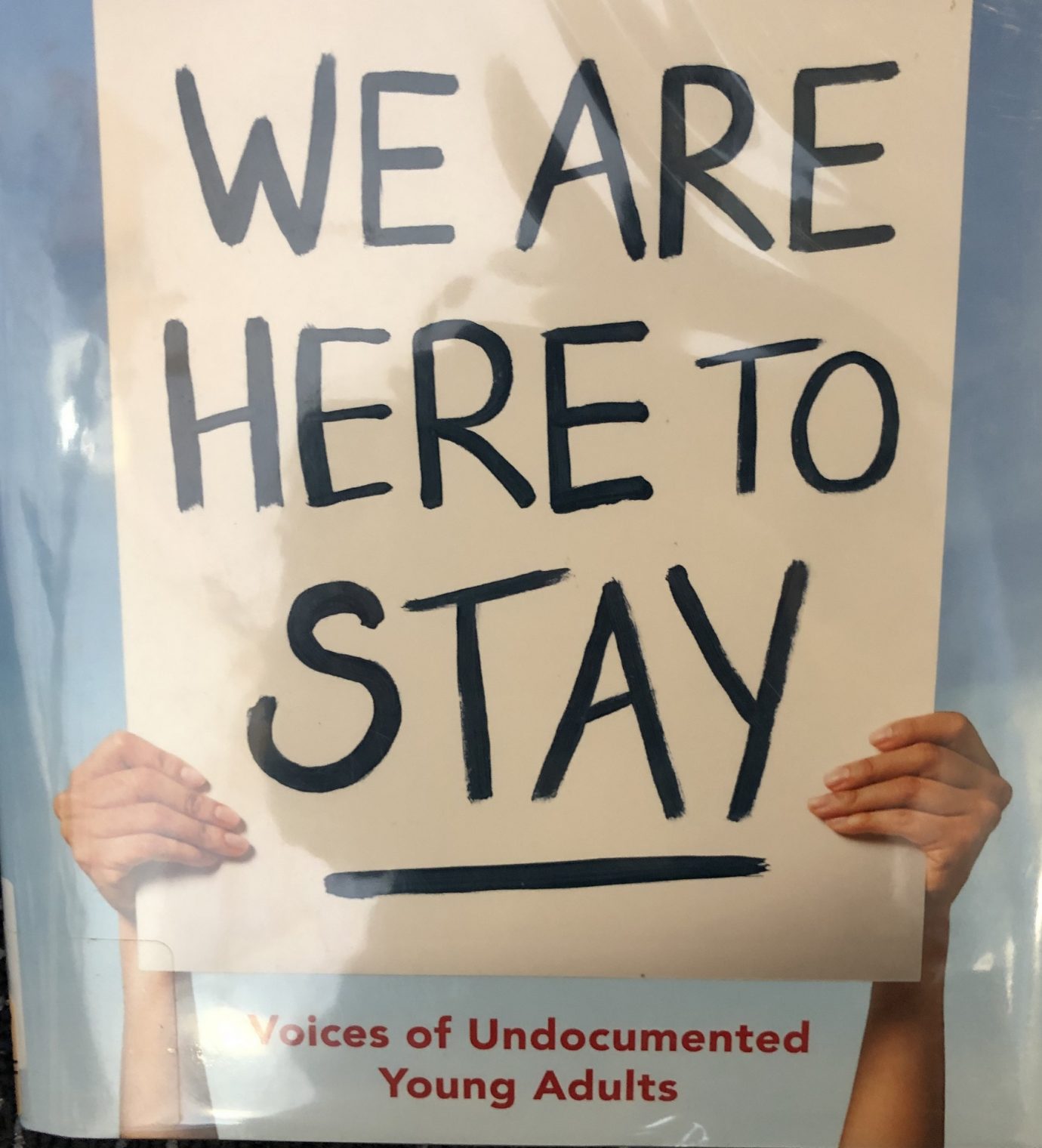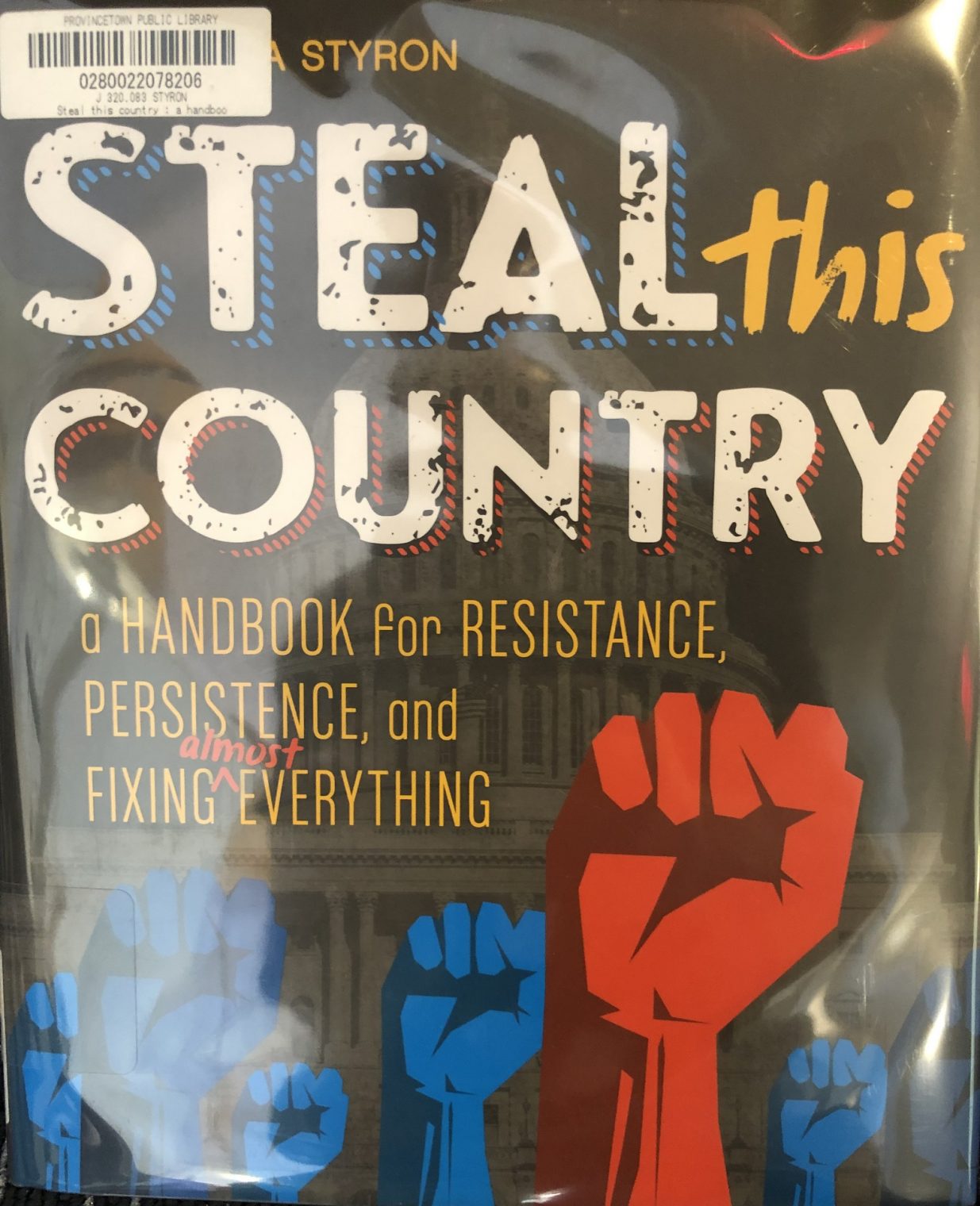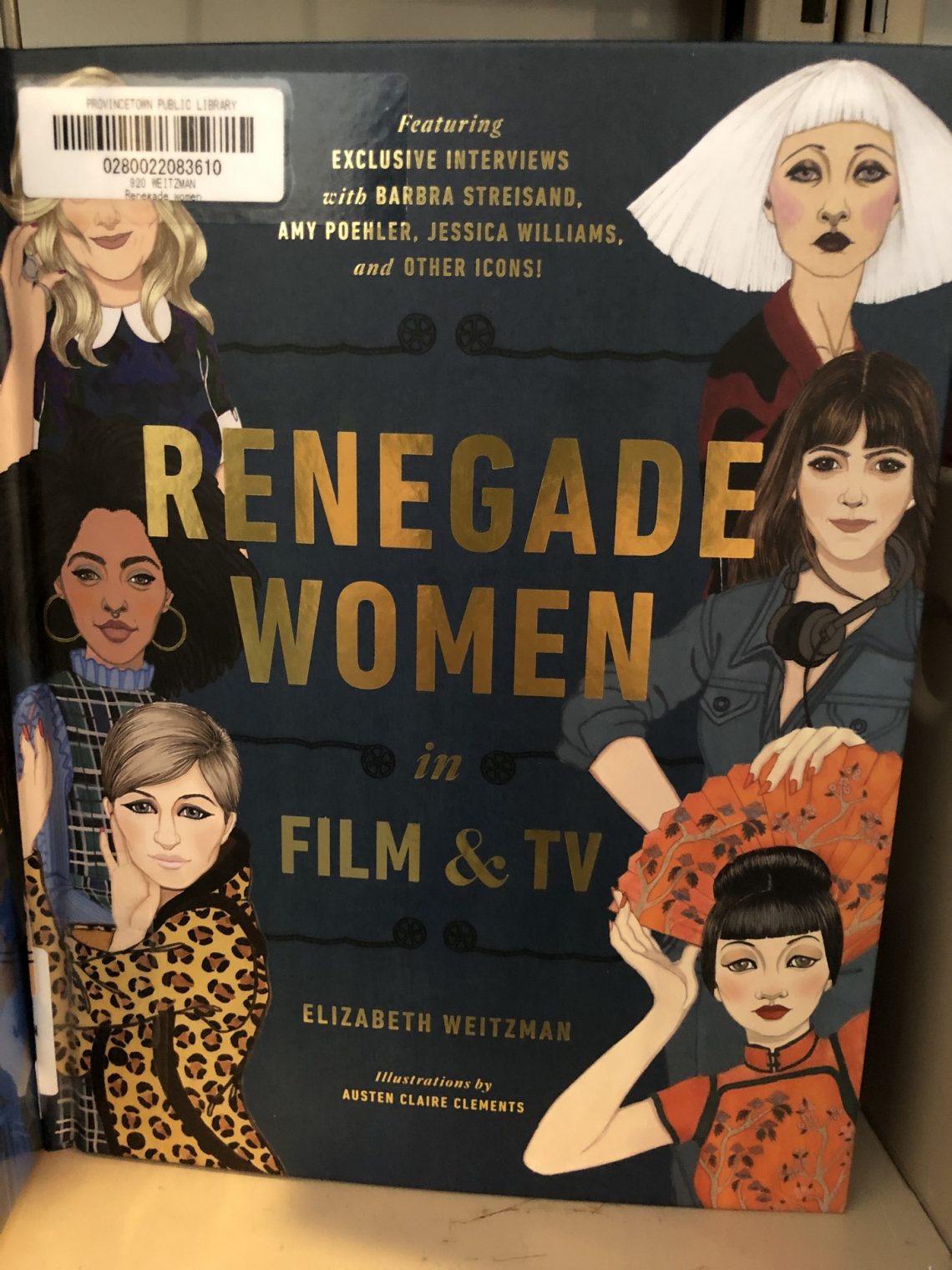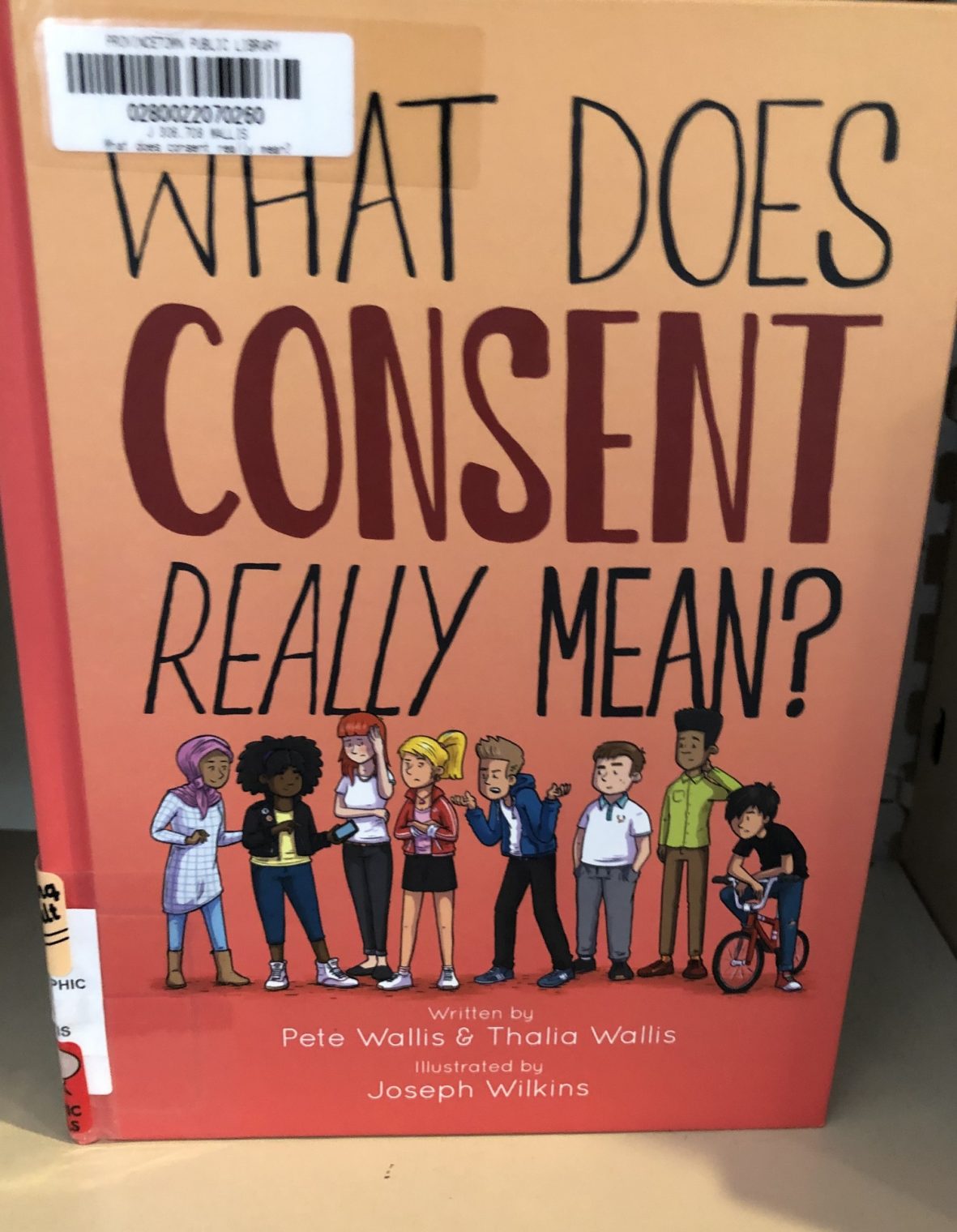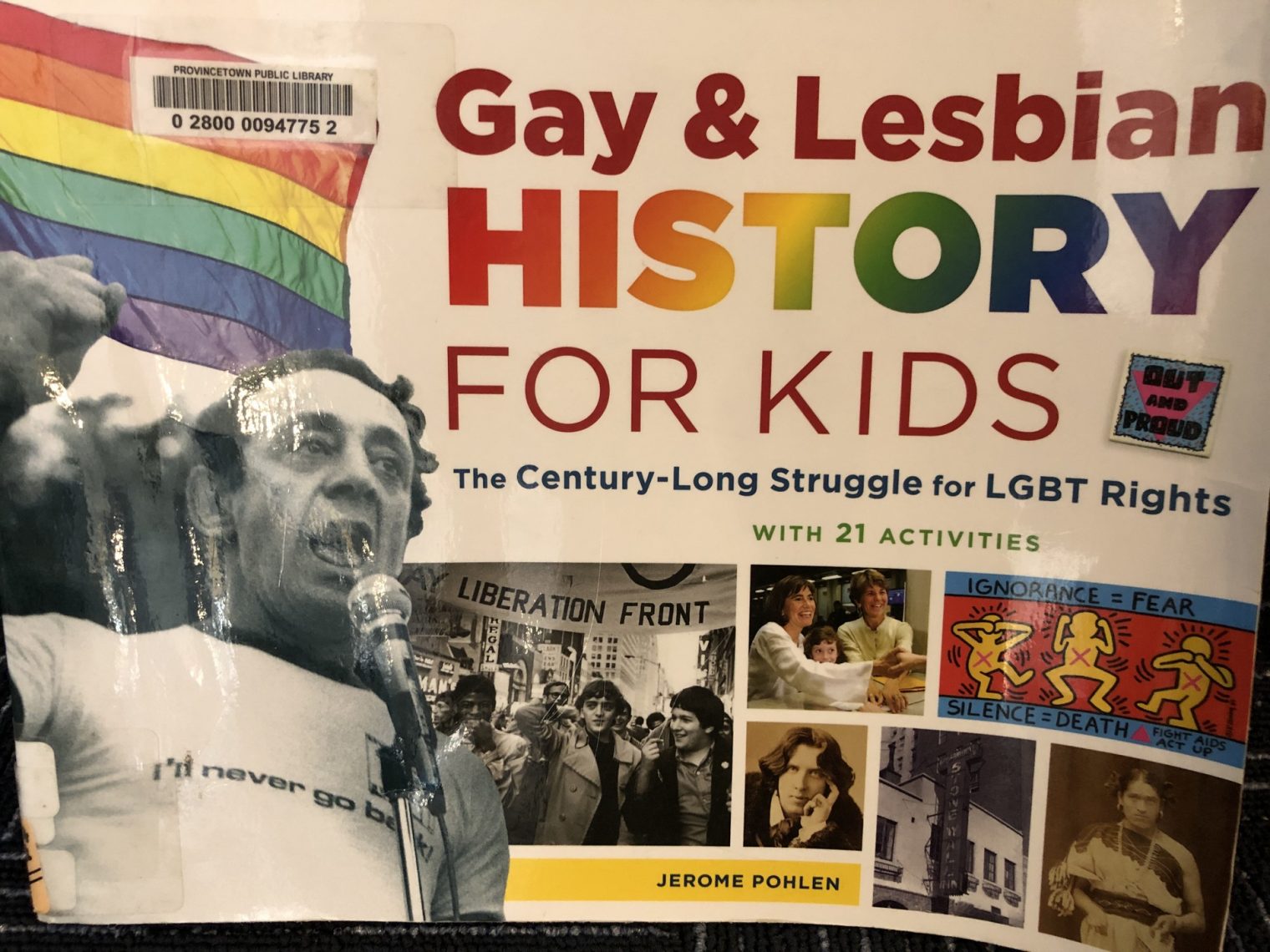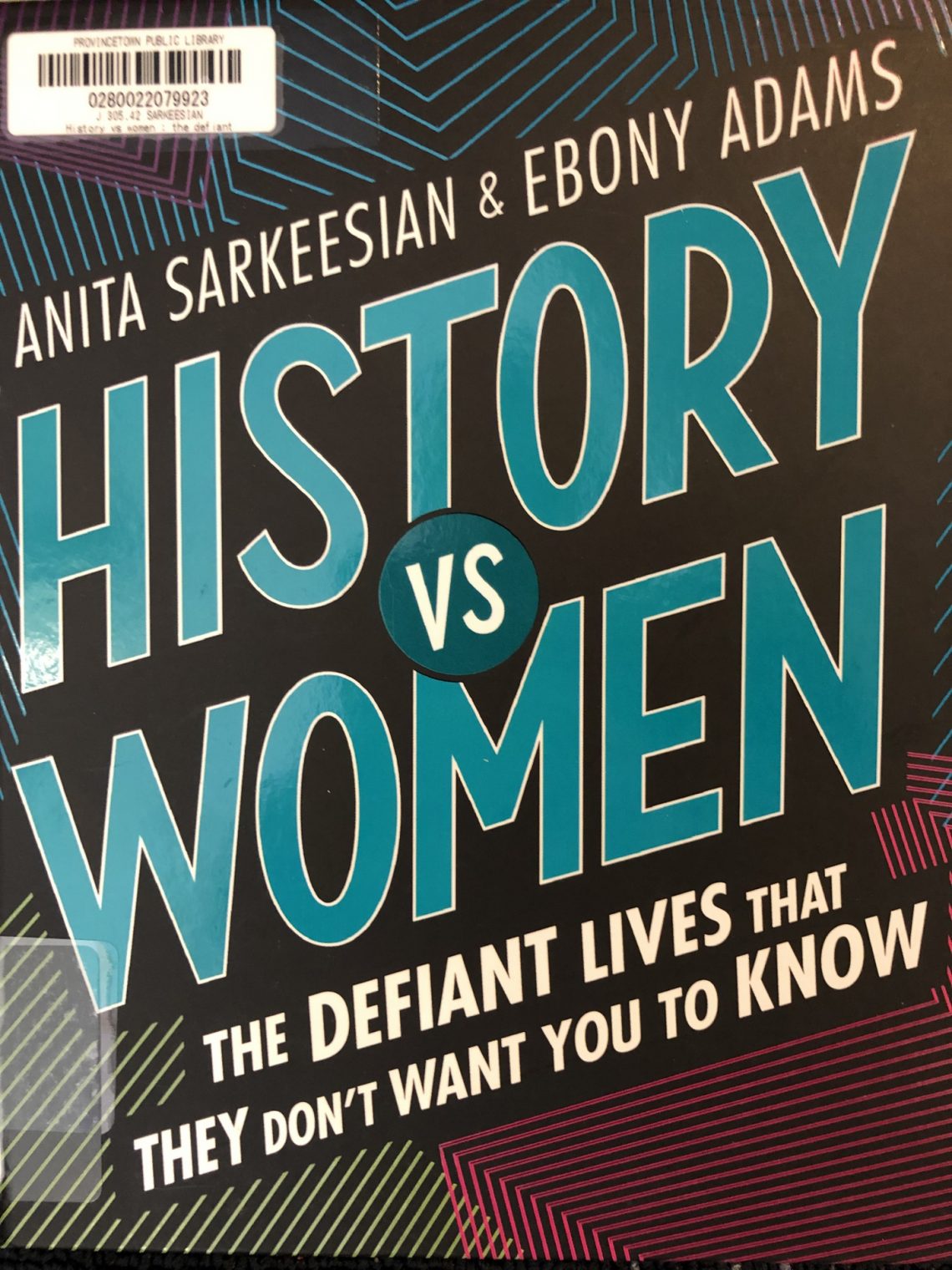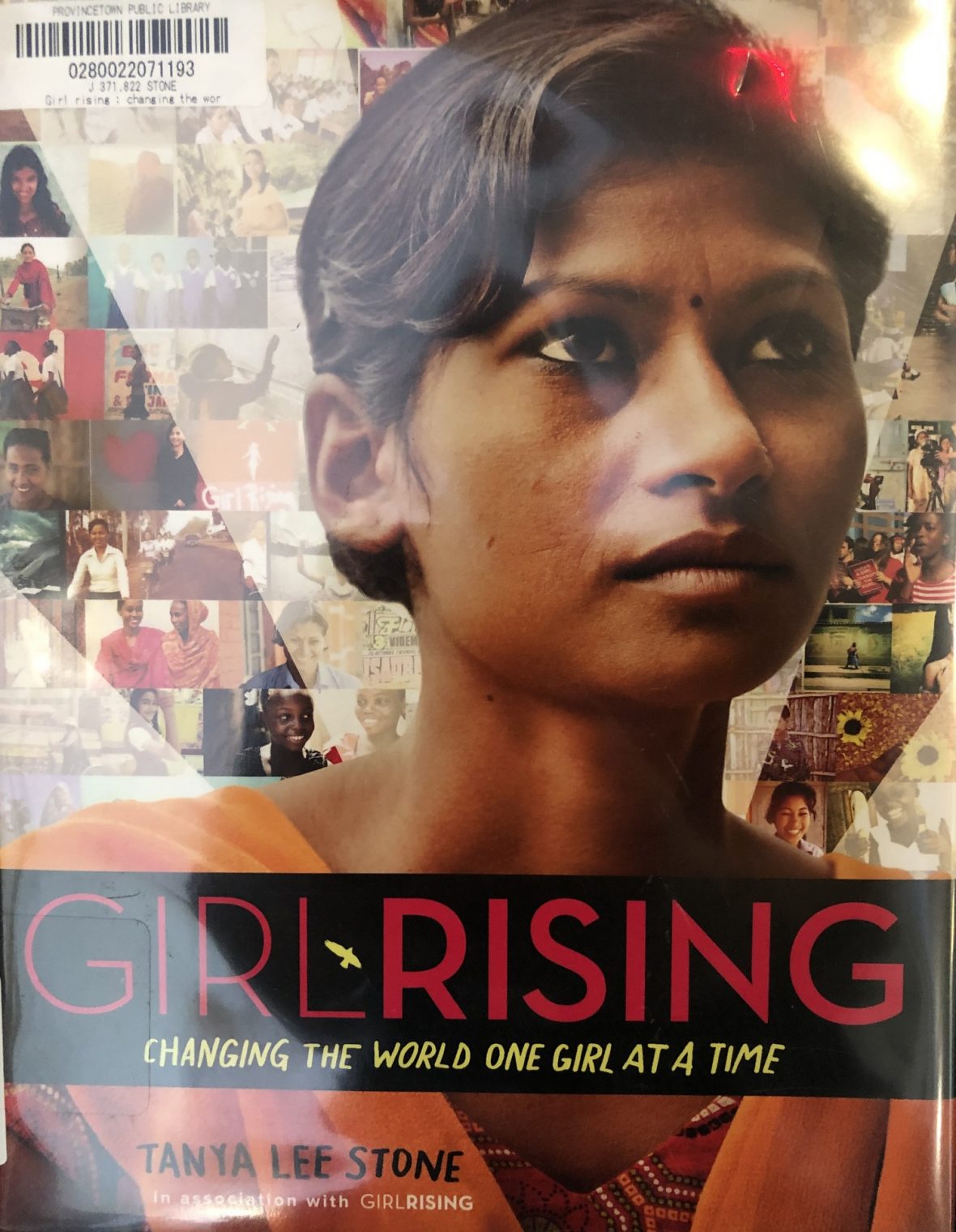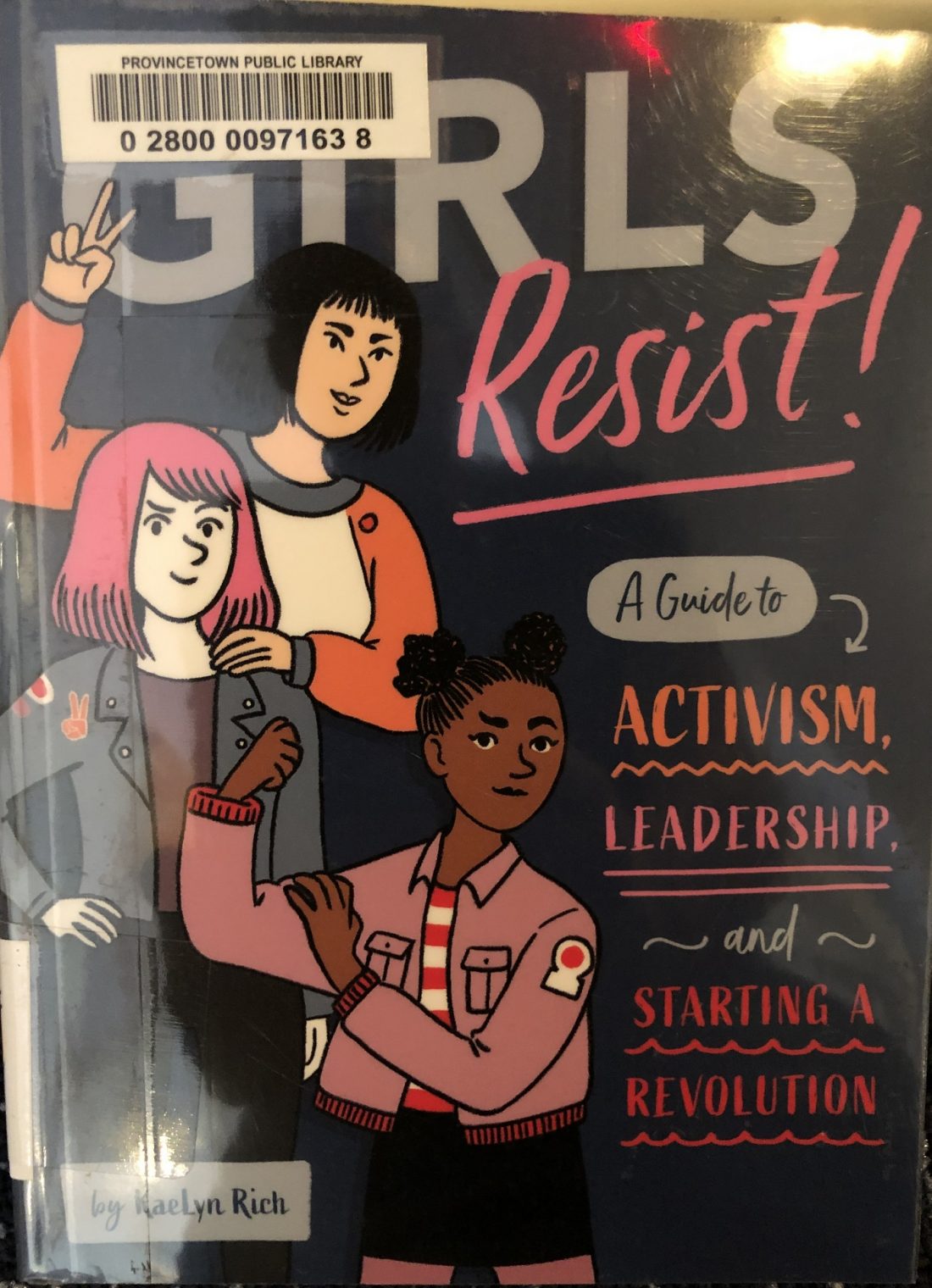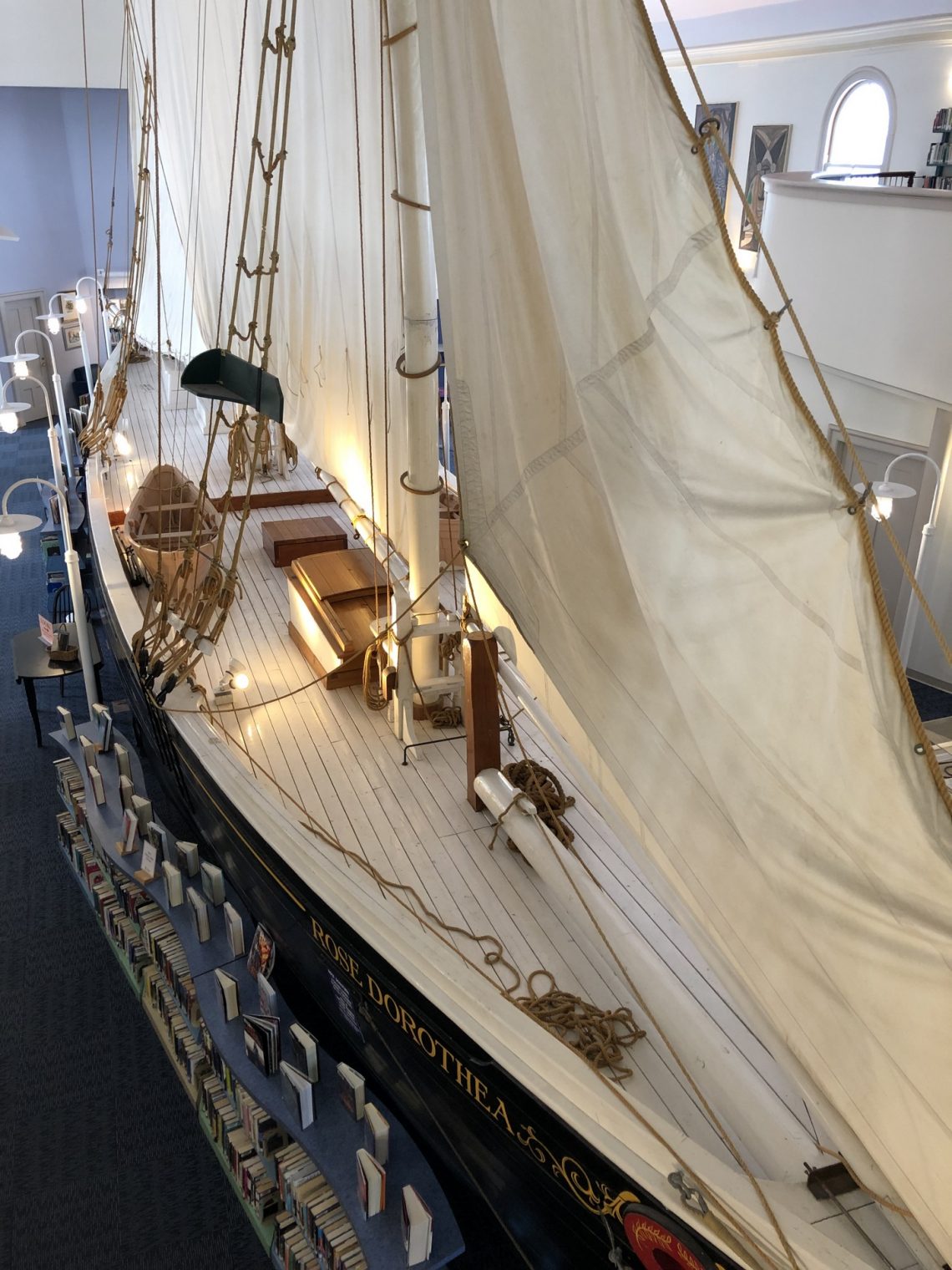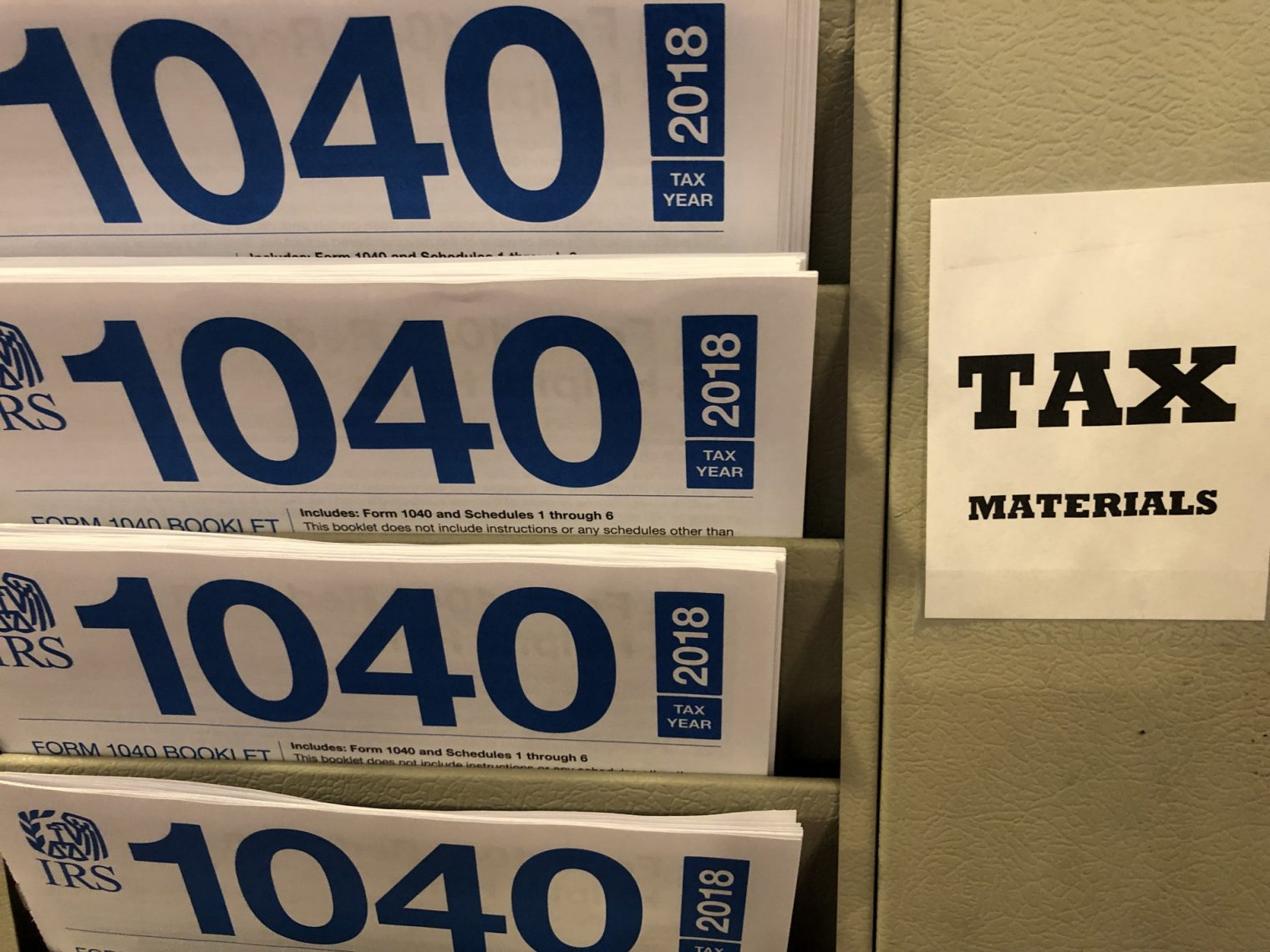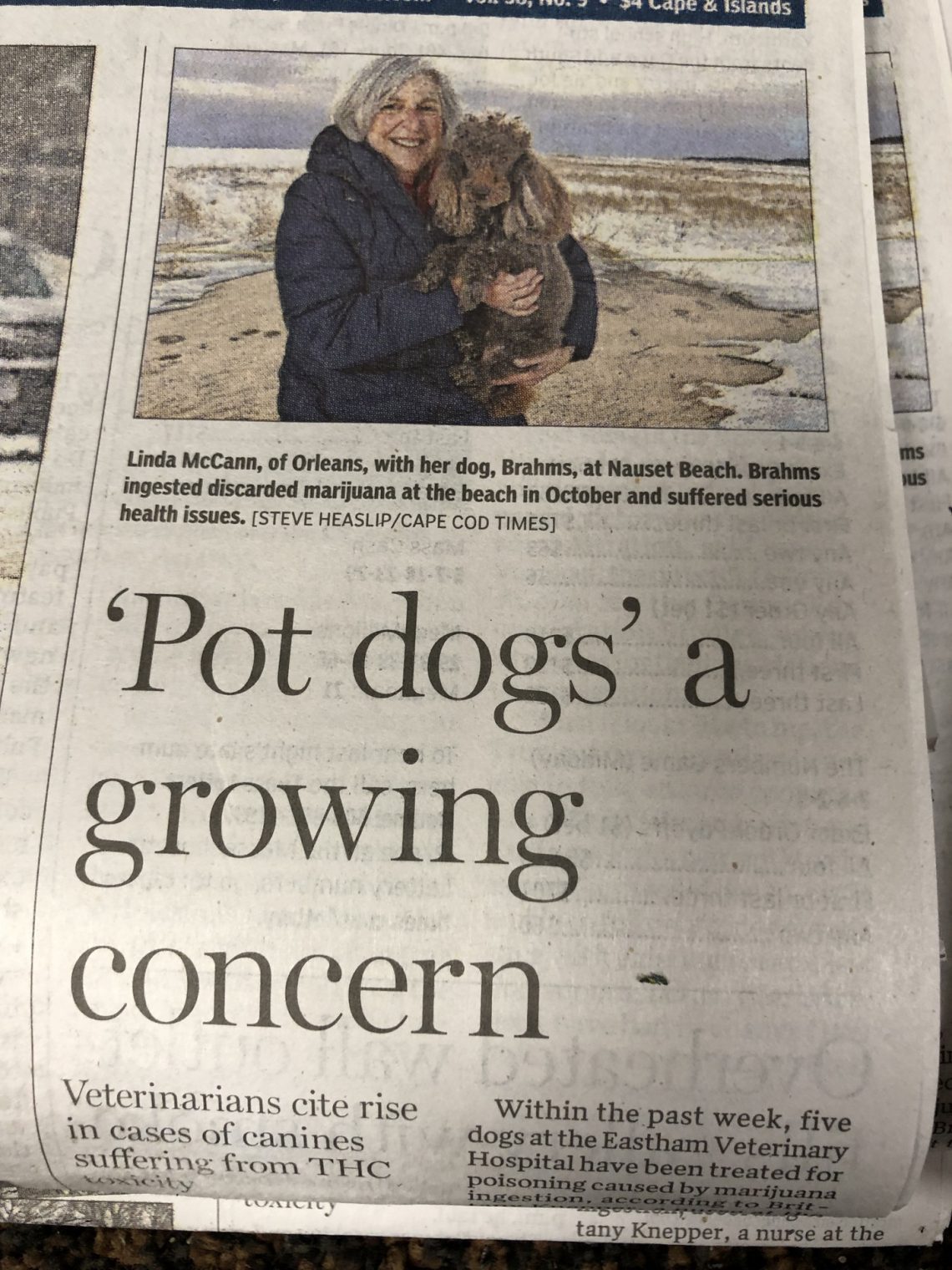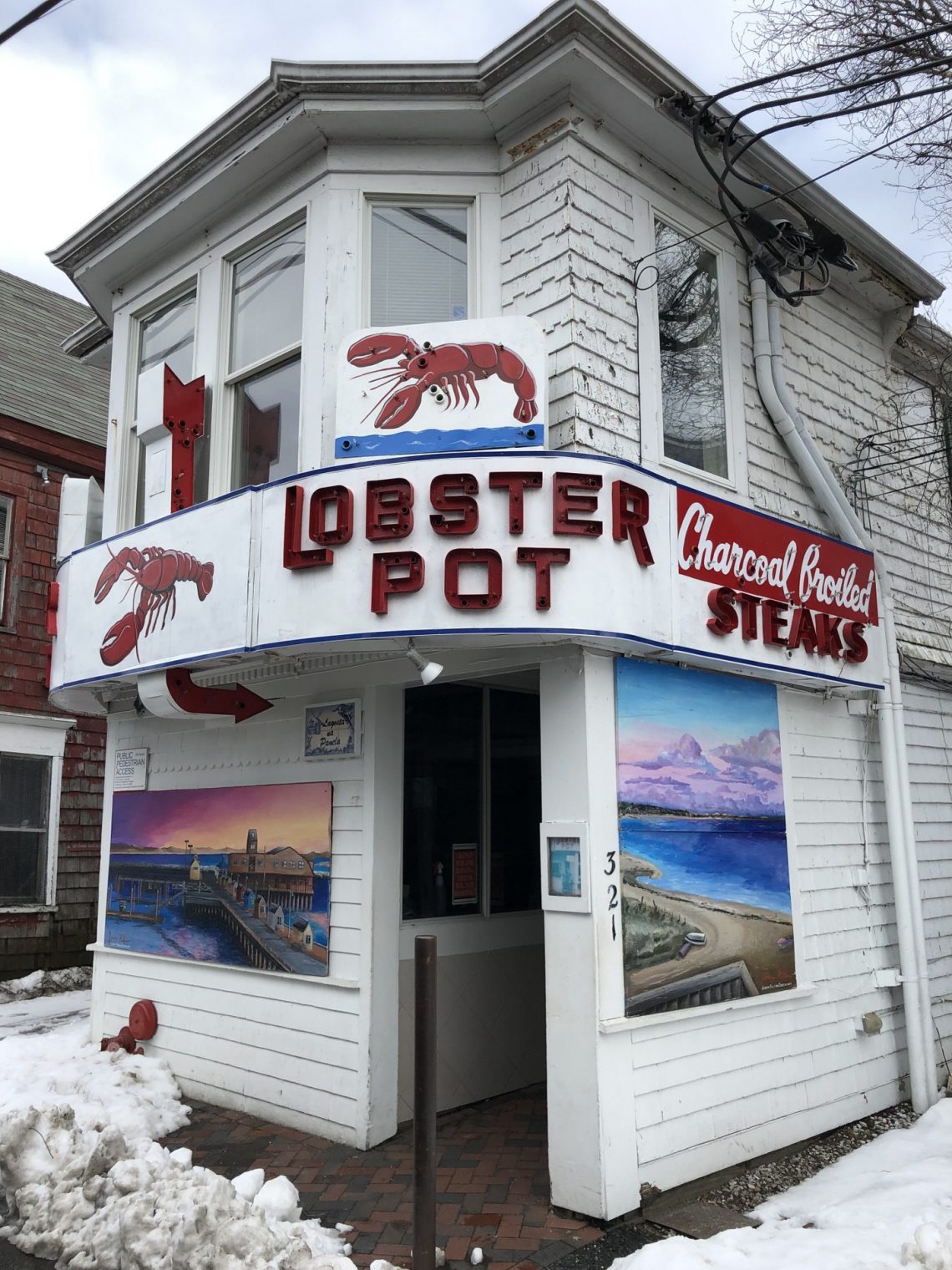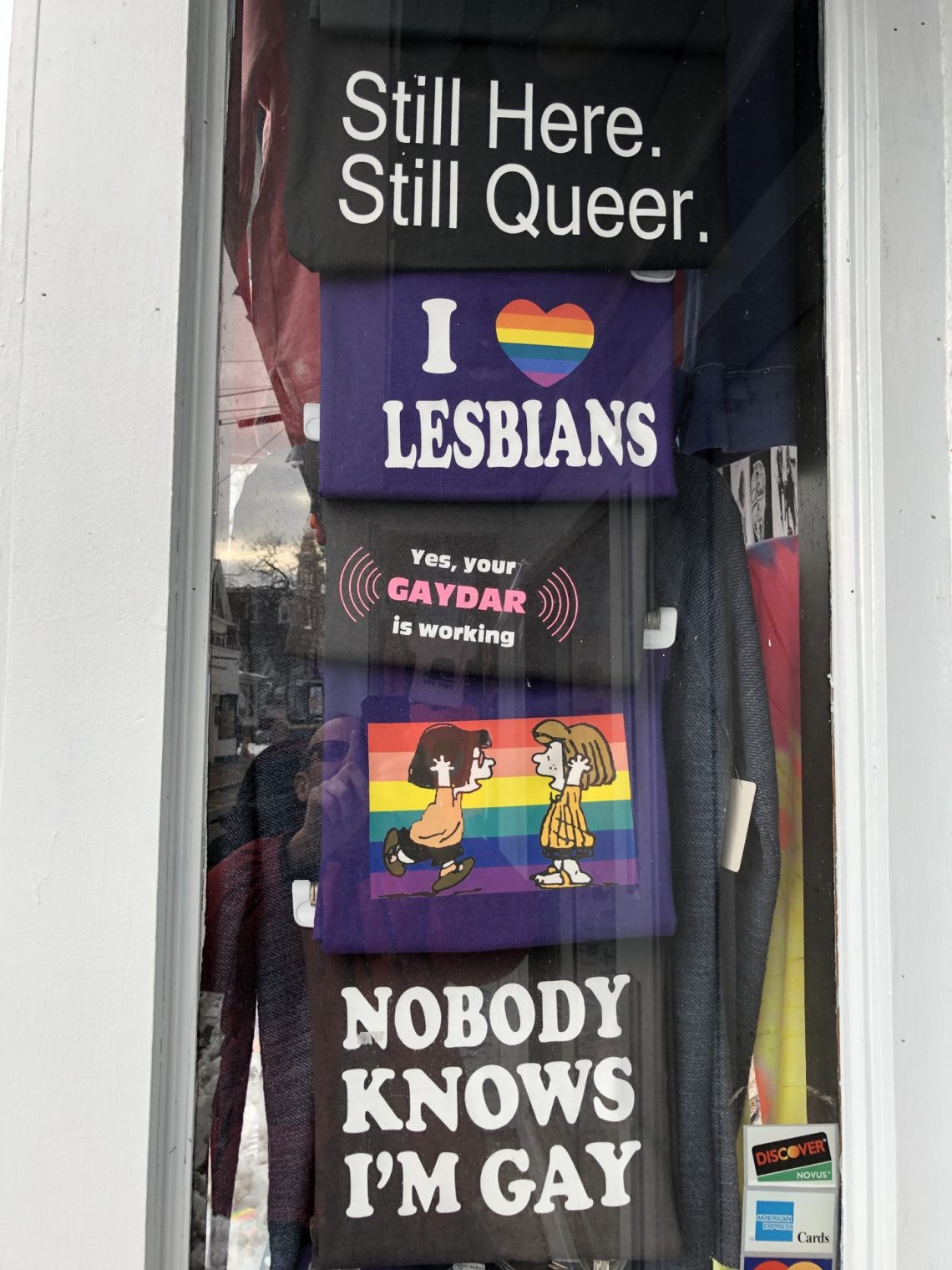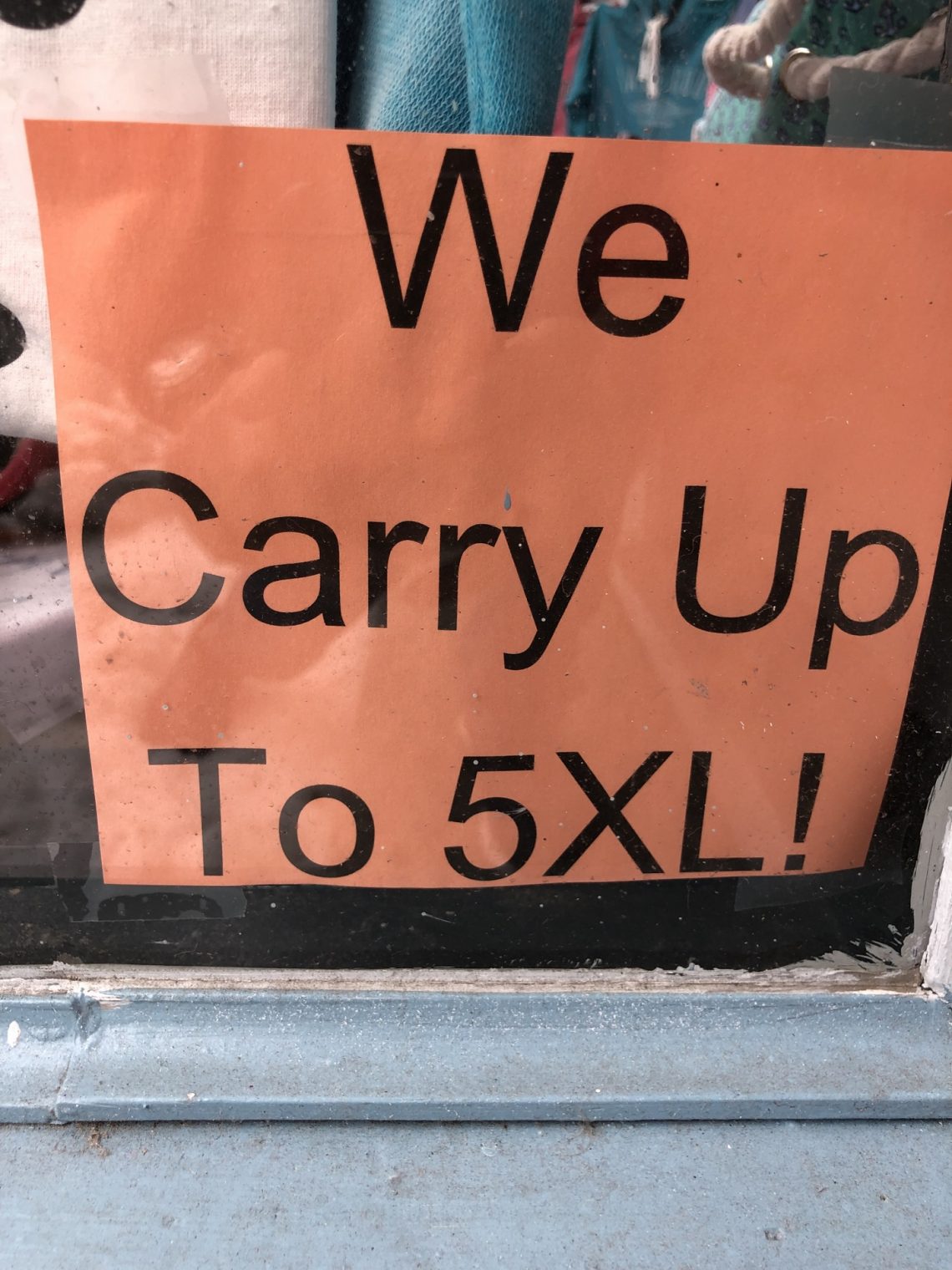If you love Antarctica stories and airplanes, Antarctica’s Lost Aviator: The Epic Adventure to Explore the Last Frontier on Earth is the book for you. Lincoln Ellsworth, whom the author says would be a multi-billionaire if his fortune at the time were adjusted to today’s mini-dollars, spent years organizing a flight across the continent and finally succeeded in 1935. He decided to become a polar explorer at age 44.
How had things gone for the world’s greatest polar explorer?
Roald Amundsen had devoted his life to polar exploration, and by 1924 it had left him bankrupt and bitter.
In truth, Amundsen’s biggest mistake was that he had won. A small team of hardy and hardened men from Norway, with experience and careful planning, had upstaged the ambitions of the proud and mighty British Empire and the Empire did not like it. Burdened by debt, made weightier by accusations of cheating, Amundsen again sought refuge on the ice, but his plans were interrupted by World War I. After the war, he made an attempt to sail the Northeast Passage, before deciding his future was in the sky. He gained a pilot’s license and resolved to fly to the North Pole and across the Arctic Ocean. He took an obsolete plane to Wainwright, Canada, but crashed it landing on rough ground. Amundsen reasoned that what he really needed was a plane that could take off and land on water or ice: a flying boat. The best available at the time were the Italian-built Dornier Wal flying boats. But how to pay for them? Amundsen was forced to turn to the only way he knew to raise money: touring and lecturing. The money was in America, so that’s where he went. Thus, in October 1924, Roald Amundsen was holed up in New York’s Waldorf Astoria Hotel, refusing to accept visitors lest they be creditors and “nearer to black despair than ever before,” on a tour that, “was practically a financial failure”:
Amundsen, Ellsworth, and some well-qualified pilots and mechanics of the day did head up towards the North Pole in two German-designed Italian-built Dornier Wal seaplanes (two 350 hp engines). Mechanical issues prevent them from reaching the Pole, however. They have better luck in an airship, making it from Svalbard to Alaska via the North Pole in 1926 (story).
What were prices like in the early 1930s?
Bernt Balchen agreed to be the pilot [of a trans-Antarctic flight in a Northrop Gamma] if he was paid $800 a month plus his expenses, for the length of the expedition. For a successful flight across Antarctica he would receive a $14,700 bonus. It was a lucrative contract at a time when professionals, such as doctors, were earning $60 per week and production workers were lucky to manage $17.
Women today are generally prevented from taking flying lessons. A T-shirt from a flight school in Bentonville, Arkansas
Back in the 1930s, however, men were not sufficiently organized to exclude women from aviation:
While at Mittelholzer’s airfield, the fifty-two-year-old Ellsworth met Mary Louise Ulmer, a fellow American, twenty-five years his junior, who was taking flying lessons. Ulmer was the daughter of an industrialist, Jacob Ulmer (who had died in 1928) and Eldora, who was fulfilling her duty as the wealthy, idle socialite mother of a plain, awkward, and painfully shy daughter. Eldora was dragging her child around Europe in the hope of finding a suitable husband. When Ellsworth and Mary Louise met at Mittelholzer’s airfield, Eldora instantly knew she had hit the jackpot. Ellsworth was older, equally shy, and, she may have suspected from his bachelor status, gay. But he had two qualities that made him an ideal son-in-law: he was incredibly wealthy and he was well practiced in doing what he was told. … ten days after they met, Ellsworth proposed marriage to Mary Louise.
Having succeeded in her safari to the continent to hunt down a husband for her daughter, Eldora’s next task was to return to America to display the trophy. Any fleeting attention Ellsworth might have given to his polar expedition was redirected to surviving the less forgiving environment of a society wedding.
By 1930, Antarctica was still 90 percent unknown. Maybe this is because explorers were usually too plastered to make maps?
Ellsworth also sent on board forty bottles of whisky for his personal consumption, in addition to the whisky and beer taken on board for the crew.
The expedition leader had some reasons to drink:
[Hubert] Wilkins tried to make sense of his life and plan what he should do next. He had no money and was living on the small salary that Ellsworth was paying him to take care of the Wyatt Earp. He felt that his debt—moral or financial—had been repaid. He had organized the expedition and got everything successfully to the Ross Ice Shelf, until circumstances beyond his control had brought the whole affair to a premature end. He was alone and lonely; famous for a failed submarine expedition to the North Pole, while living in hotels at the bottom of the world, touring country towns and showing his films for a little extra cash. … On the personal front, Wilkins had not seen his wife in two years and was conscious that she was dating other men. He had married Suzanne Bennett, an Australian-born chorus girl working in New York, shortly after he was knighted. It was a whirlwind romance, consummated at a heady time in Wilkins’s life. It was soon apparent to Wilkins that Suzanne’s main motivation in attaching herself to the famous explorer was to gain the title Lady Wilkins, then put it to use to elevate her career from chorus girl to movie star. (A strategy that was spectacularly unsuccessful.) Wilkins constantly wrote Suzanne long letters expressing his love, but she rarely replied, and when she did it was usually only to taunt him about his lack of success, his age, or the fact he was going bald.
(The wife later writes to him saying that she is pregnant.) He dispenses life advice to the crew: “Remember, Magnus, you will never gain anything without personal wealth, or government backing.”
The Southern ocean was not any better behaved back then
The Wyatt Earp had a rough trip south. In heavy weather it would roll fifty degrees to each side. From being heeled over to port, rolling though one hundred degrees to starboard, then back to port, took only four and a half seconds. Anything not secured would be catapulted about the cabins with dangerous velocity.
The first trip was going great until the ice shelf from which they had planned to launch the airplane split apart, in cartoon-like fashion, right underneath the airplane. The plane dangles into the crack, supported by the wings on both sides. The season of 1933-34 wasted.
The season of 1934-35 is ruined by a mechanic’s error in trying to start the engine without first draining the preserving oil, then by some bad weather.
The author explains why a lot of folks have had trouble in one particular part of this continent:
Today we know that on each side of Antarctica there is a huge bight. On the side facing the Pacific Ocean it is the Ross Sea, while facing the Atlantic Ocean it is the Weddell Sea. Currents, which are driven forcibly from the oceans to the north, flow into these great bights to scoop up millions of tons of ice that have descended from the Antarctic Plateau and, in a swirling clockwise motion, sweep it out to sea. In the Ross Sea where, at the western extremity Victoria Land does not extend north, the piled pack ice easily reaches open water. At the western end of the Weddell Sea, however, the Antarctic Peninsula extends north. Here the ice cannot escape so freely. Trapped, it becomes deadly as it is caught, crushed, jumbled, and tumbled over itself. And small rocky islands jut from the water and conspire with the ice to crush any ship foolish enough to venture into the area. The northwest corner of the Weddell Sea is the most dangerous coastal area in the Antarctic. In February 1902, Swedish explorer Otto Nordenskjöld and a small party were landed on Snow Hill Island at the edge of the Weddell Sea. Returning in December, their relief ship found it impossible to reach them and had to move away from shore. Returning again in February 1903, the ship was caught and smashed by the ice, marooning the relief party on nearby Paulet Island. Nordenskjöld’s group, which had already built a hut, spent a second winter in Antarctica, while the relief group survived in a small stone shelter, before all the men were eventually rescued. Nordenskjöld claimed the area had “a desolation and wildness, which perhaps no other place on earth could show.” Another person to risk entering the Weddell Sea was Sir Ernest Shackleton, who ignored the advice of the whalers and based his decision on his two trips to the more benign Ross Sea. When he attempted to unload the team that planned to walk across Antarctica, his ship Endurance was famously caught and crushed. In the twenty years since the Endurance, no one had tried to navigate the Weddell Sea. In fact, in more than thirty years, no one had returned to visit Nordenskjöld’s hut. But Wilkins’s previous experience told him there was no other possibility of finding a flat runway. Venturing into the infamous Weddell Sea was their only hope.
Supposedly we are living in a woker-than-ever age of tolerance. People in the old days were morally defective by comparison. Yet when Sir Wilkins’s wife sends him a letter repeating gossip regarding Ellsworth being gay, he replies “I am not the least bit concerned as to what people say. He may be a sissy for all I know, but I do know that I gave my word that I would do the job of putting him in a position for doing the flight he has made up his mind to do and that is that. One does not argue or ask to get out of a contract by word of honor.” The unconventional sexual choices purportedly made by Ellsworth did not keep him from being awarded the Congressional Gold Medal twice, one of only four people to have achieved this. Nor did his sexual orientation prevent a lot of stuff on the map from being named “Ellsworth” (plus a hall at the American Museum of Natural History).
For the 1935-36 season, the pilot is Herbert Hollick-Kenyon, born in England 38 years previously and with 6,000 flying hours behind him.
During the months before the flight, the author describes what is surely Ellsworth’s most remarkable achieve: “he went tiger hunting in the jungles of Brazil.”
The challenge and the proposed solution:
Ellsworth and Hollick-Kenyon had to fly 2,200 miles, more than half of which was over an unexplored area of the Earth’s surface. That unexplored area, lying roughly in the middle of their flight, could be flat ice shelf, towering mountains ranges, or a series of islands. They would be taking off from a point north of the Antarctic Circle (63°5′ South, 55°9′ West), flying to within six hundred miles of the South Pole, and through more than one hundred degrees of longitude (over a quarter of the way around the globe) to an ice shelf the size of France, on which they needed to locate a buried base, only indicated by radio aerials protruding from the snow.
Balchen was proficient at dead reckoning navigation. So was Wilkins. Importantly, Balchen and Wilkins knew that a key to dead reckoning was knowing the plane’s flying speed, and the only way to accurately measure that was to time a flight from point A to point B. Balchen had flown the Polar Star and claimed its top speed was 220 mph and that it cruised at 150 mph. But Balchen had made that test flight in
Full post, including comments 


